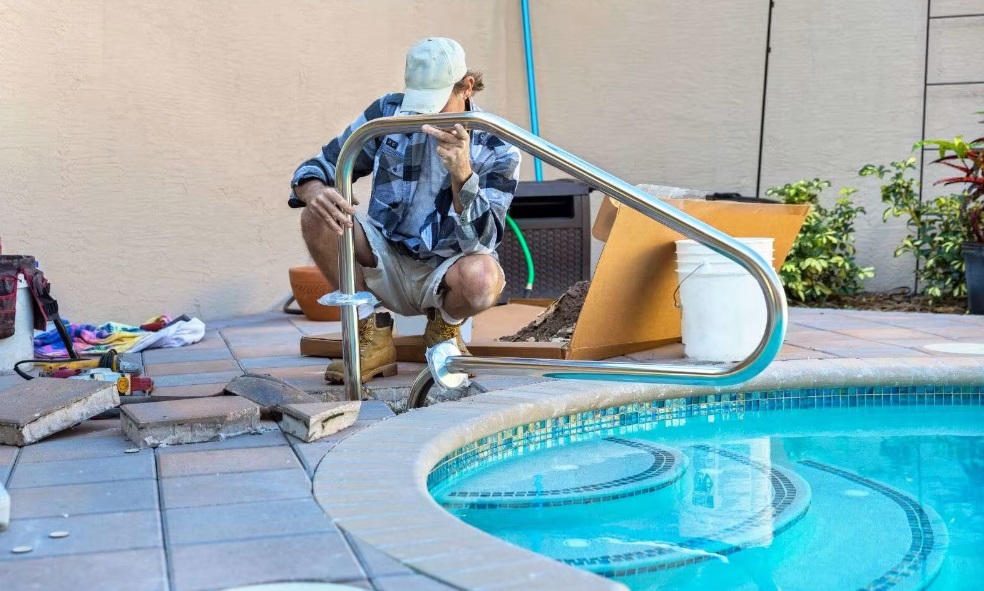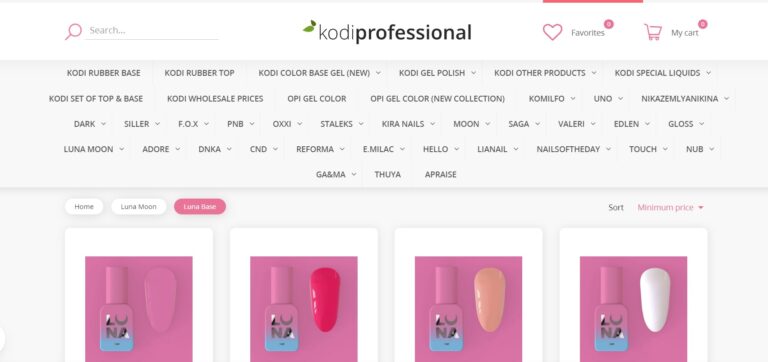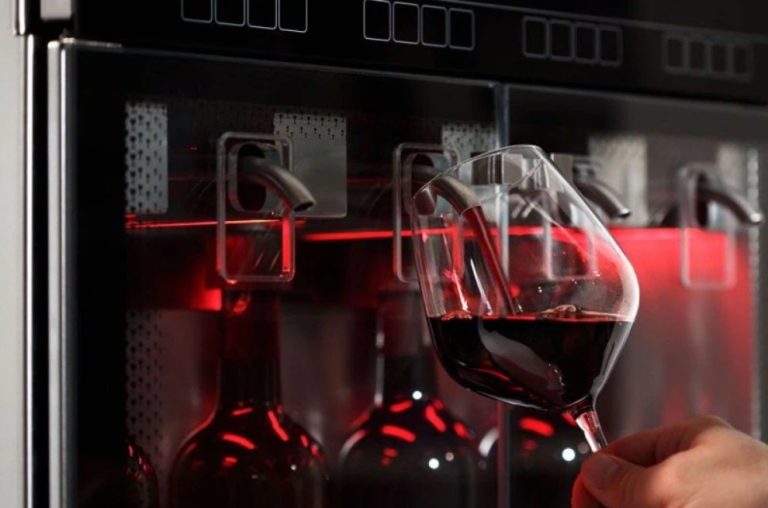Commercial pool remodeling involves renovating and improving a commercial swimming pool and its surrounding areas to enhance safety, functionality, and aesthetics. Whether you’re upgrading an aging pool, complying with new regulations, or seeking to attract more customers, here are the steps involved in commercial pool remodeling:
-
Assessment and Planning:
- Start by conducting a thorough assessment of the current pool and surrounding areas. Identify areas that need improvement, such as worn-out finishes, outdated equipment, or safety concerns.
- Develop a comprehensive plan for the remodeling project, including budgeting, timelines, and the specific changes you want to make. Consider how the renovations will impact the pool’s appearance, functionality, and safety.
-
Design and Aesthetics:
- Determine the design and aesthetic changes you want to achieve with the remodel. This might include updating the pool’s shape, changing the pool surface materials (e.g., resurfacing with plaster, tile, or aggregate), and adding decorative features like waterfalls, fountains, or lighting.
- Collaborate with a professional pool designer or architect to create a cohesive and visually appealing plan.
-
Structural Repairs:
- Prioritize structural repairs to address any safety or maintenance issues. This may involve repairing or reinforcing the pool’s structural elements, addressing cracks, leaks, or drainage problems.
-
Resurfacing and Refinishing:
- Choose the appropriate resurfacing or finishing materials based on your design and functional goals. Options include plaster, tiles, aggregate finishes, or other pool coatings. Ensure that the chosen materials are durable and safe for commercial use.
-
Deck and Surrounding Area:
- Update or expand the pool deck and surrounding areas. Opt for materials that are slip-resistant, long-lasting, and complementary to your pool’s new design.
- Add landscaping, seating areas, and shading options to enhance the overall ambiance of the pool area.
-
Plumbing and Equipment Upgrades:
- Upgrade or replace outdated plumbing, filtration systems, pumps, and other pool equipment to improve efficiency and water quality. Modern, energy-efficient equipment can lead to cost savings over time.
-
Safety Features:
- Ensure the pool complies with current safety standards. Install necessary safety features like handrails, safety gates, and anti-entrapment drain covers to protect pool users.
-
Lighting and Automation:
- Upgrade pool lighting for improved aesthetics, safety, and energy efficiency. LED lighting is a popular choice. Consider incorporating automation systems to control lighting, equipment, and temperature settings.
-
Accessibility:
- Make the pool and surrounding areas accessible to people with disabilities by adding ramps, lifts, or other accommodations as required by local regulations.
-
Water Features:
- Consider adding water features like fountains, waterfalls, or a spa to enhance the pool’s appeal and create a more inviting environment for guests.
-
Permitting and Approvals:
- Ensure that your remodeling project complies with local building codes and regulations. Obtain all necessary permits and approvals.
-
Construction and Installation:
- Hire experienced contractors specializing in commercial pool remodeling to execute the planned work. Ensure the work aligns with the approved design and specifications.
-
Final Inspection:
- Have the renovated pool inspected by local authorities to confirm that it meets safety and building code requirements.
-
Regular Maintenance and Operations:
- Establish a maintenance routine for the remodeled pool. Regularly clean, test, and maintain the pool and its equipment to ensure ongoing performance and aesthetics.
Commercial pool remodeling can breathe new life into your pool area, attract more customers, and ensure safety and compliance with regulations. It’s essential to work with experienced professionals, including pool contractors, designers, and engineers, to execute the project successfully while adhering to local regulations and safety standards.













